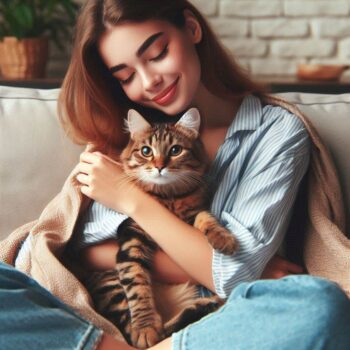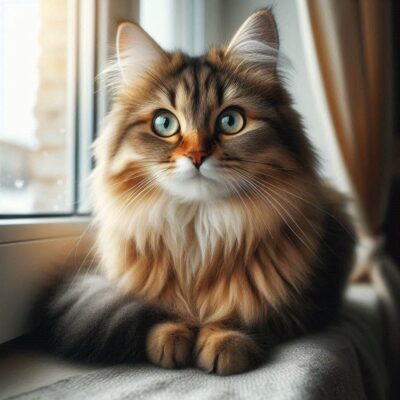
If you are a cat owner, you know how difficult it is to tell sometimes if your cat has a health problem. Your cat doesn’t say much on the subject. Is kitty doing very well, or perhaps suffering in silence from some health issue? It becomes vitally important to observe her daily to help you discern the state of her well-being.
Look for these signs that your cat is flourishing. If truly healthy, a cat has a zest for life that is hard to miss. The coat is shiny, the eyes are bright, and the energy level shows a consistent register on the “high and happy” sign. Is she inquisitive? Is the appetite good? Are her movements grace personified? Does she like to play and run? Even when inside, my Mocha will charge around the house, tail in a high, graceful curve, leaping over objects in his place, and in general releasing bursts of energy that tell me that all is well with him.
Try To Spot Health Issues Early
You must also realize that spotting health issues early can lead to better outcomes for your kitty. Through your daily observations, you develop an understanding as to what is normal for your kitty. Since you are the caregiver, you become in a better position to notice subtle changes that might signal trouble. Such observation can create the difference between managing a minor issue at home or requiring urgent medical attention.
Read on to learn what to look for that indicates your cat is a robust, healthy feline or to notice some red flags that could indicate health complications. Know what to watch for and you can help keep kitty in optimum shape.
Vital Signs of a Healthy Cat

Your first clues to assessing kitty’s health have their basis in physical appearance. If your cat glows with vitality and tends to have a lustrous, smoothly-textured coat, that’s excellent. The fur should be free from dandruff, bald patches, or excessive oil. The eyes also give clues. They should be clear and bright, and free of any cloudiness or excessive discharge.
Watch kitty’s behavior. Is the cat engaged with its surroundings and showing interest in play and exploration? Both are positive signs. You also want to see regular grooming. As a cat is meticulous about his coat and keeping it clean and cared for, it is a good sign that his overall health is good if he typically spends a large part of the day grooming.
Healthy Eating Habits Are Key
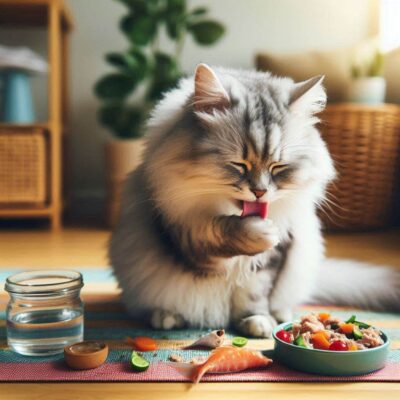
Another key factor in assessing your cat’s health centers on monitoring appetite and digestion. If kitty is healthy, eating habits will prove consistent. He will display enthusiasm for meals without overindulging. Watch the bowel movements — they should be regular and produce well-formed stools. Any abrupt changes in appetite or stool consistency warrant attention.
Do yourself a favor and do not overlook the importance of regular veterinary check-ups. With these, you cannot underrate the importance of preventive care, such as vaccinations, deworming, and flea control. Also, such visits can identify concerns before they become serious and create real health issues for your kitty.
Your cat’s behavior and physical condition prove to be reliable indicators of well-being. Be able to observe and understand these vital signs. Doing so can prepare you for the next critical step: recognizing when something is amiss.
Recognizing Symptoms of Potential Health Issues in Cats
If you love your kitty, it does not make you happy if you suspect that she does not feel well. If you know what signs to look for, you can ease your worry and take action promptly. As cats have become quite skilled at hiding discomfort, you must learn to catch a hint of a health problem early so you can keep it from becoming severe.
So, what do you look for? Often the first alerts involve changes in the cat’s normal behavior. Perhaps your kitty, normally very active, now spends too much time in that favorite spot. It might be more than just a lazy day. Also, aggression or increased irritability might be an indicator of discomfort or pain.
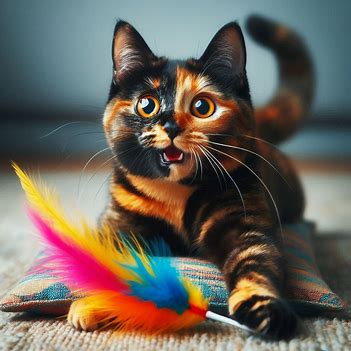
Physical Appearance Provides a Clue
What about kitty’s physical appearance? An unkempt coat, for instance, suggests your cat is not grooming, which is often a sign of illness. Watch for any unusual discharge from the eyes or nose. These could perhaps indicate an infection. Be alert to sudden weight loss or gain, as these could indicate a variety of health concerns.
Watch For Digestive Changes
Pay immediate attention if kitty shows eating or digestive changes. A decrease in appetite or a complete aversion to food should signal that it’s time to call the vet. Frequent vomiting, diarrhea, or any other drastic changes in bathroom habits warrant a professional evaluation as well.
Consider Regular Check-ups Mandatory
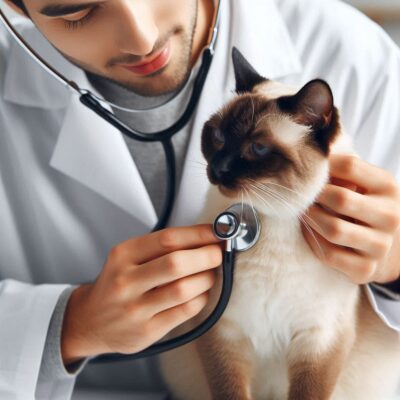
Remember, it’s up to you to stay vigilant for such signs. Kitty won’t tell you he has a problem, nor will he call the vet himself. Regular check-ups should be high on your list of important activities. Detecting a problem early and getting the proper treatment for your cat can often result in a much better outcome. If you suspect your kitty is unwell, make that call right away!
In the following section, learn some practical steps you can take to ensure that your feline friend enjoys continued health and happiness. For all concerned — both you and your cat — helping kitty to stay in the best possible shape constitutes the best plan of action.
Maintaining Your Cat’s Health and Well-Being
Remember, it’s up to you to maintain a lifestyle that supports your cat’s health. Regular health checks become the cornerstone of pet care. It proves so helpful to catch potential issues before they turn into a serious issue. Establish a routine with your veterinarian and stick to it, even when your cat seems in perfect health.
You establish the foundation for your cat’s physical condition by providing balanced nutrition. Research foods that meet their nutritional needs at each stage of life. Here again, your vet can help you set the best plan in place.
The Importance of Environmental Enrichment
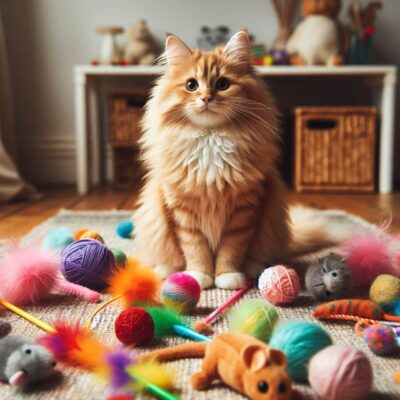
Don’t underestimate the role of providing environmental enrichment. Your cat has a playful and curious nature. Thus, make sure to provide toys, climbing structures, and access to safe outdoor areas or window views to satisfy these exploratory instincts.
Though you don’t have to take your cat for a daily walk, as you would a dog, make sure to keep kitty active with toys that encourage jumping, chasing, and pouncing. Strengthen your bond with your cat by providing active playtimes. These promote good health, not just physically, but mentally as well. Remember that a healthy cat translates to a happy cat. Follow these guidelines and enjoy each other’s company for as many years as possible.
References I used for this post:

